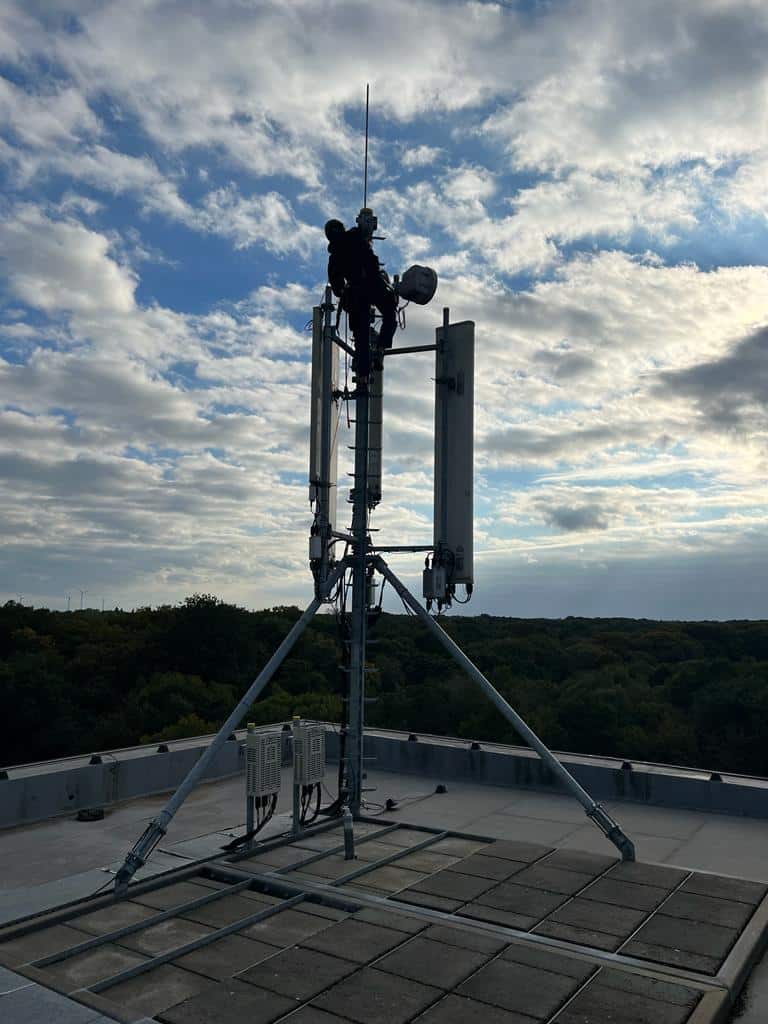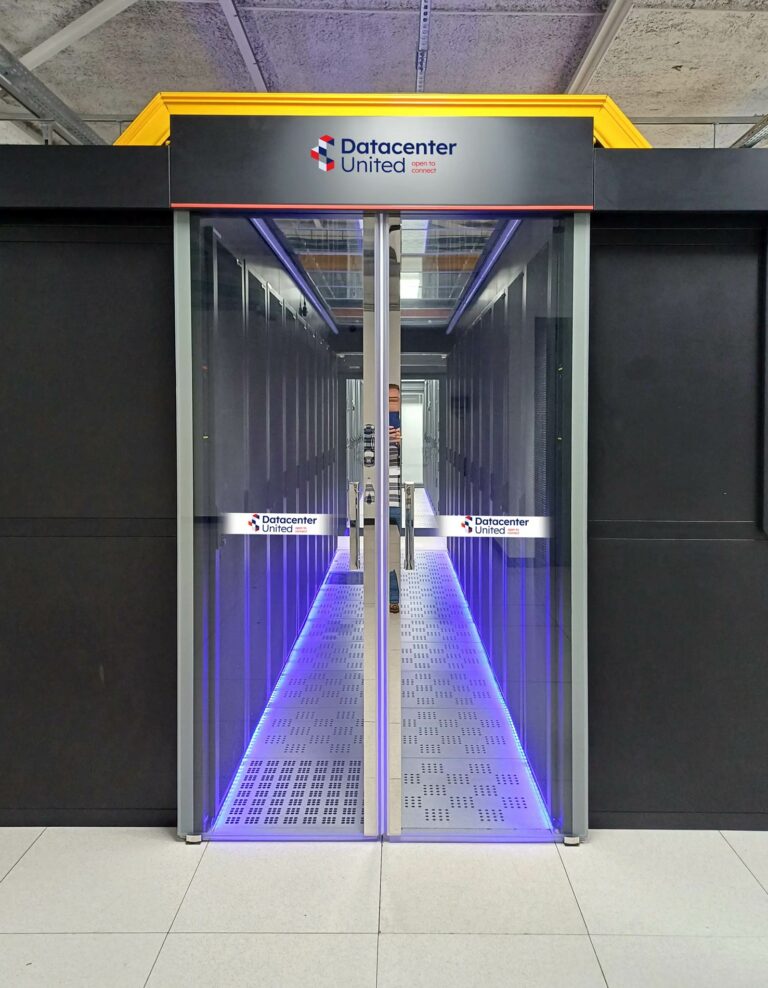RPO vs RTO
Recovery Point Objective (RPO) and Recovery Time Objective (RTO) are two of the key parameters that experts use to determine a backup and disaster recovery strategy. They are target values that help organizations choose an optimal backup and disaster recovery plan.
RPO
RPO defines the time interval during which a maximum allowed amount of data can be lost in the event of an outage. RPO looks back in time from a failure to a point in the past when there is still just enough data safeguarded to restore business processes in an acceptable manner. RPO relates to your backup strategy.
For example, if the RPO for your company is 12 hours and you can fall back on a backup of 6 hours ago in the event of a breakdown, you will have lost some data, but the business processes can still be restored with an acceptable minimum impact.
RTO
RTO defines the length of time that business processes must be restored after a failure to prevent an unacceptable impact. Note that it is not the time it takes to recover, but rather the allowable time within which the failure must be recovered.
RPO thus provides an indication of the amount of data that may be 'lost', while RTO indicates how quickly a failure must be repaired before normal business operations are seriously disrupted.
How do I determine my RPO & RTO?
There are two parameters that are important to determine your RPO and RTO:
- What is the maximum amount of data that can be lost?
- How long can your infrastructure be down without a major impact on business operations.
Not an easy exercise! Everything depends on different parameters:
- Sensitivity of data: This can be sector-specific, for example confidential data in Finance, R&D or the healthcare sector;
- Way of storing data: affects the speed of recovery
- Speed of business processes: Just-in-time processes, for example, are obviously time critical.
- Cost of data loss and missed opportunities
- Cost/benefit of implementation: for backup & disaster recovery
RPO and RTO can be calculated on the basis of these parameters. This gives you a good indication on which to base a reliable backup and disaster recovery strategy. This will ensure that you are adequately armed against the damaging effects of data loss and keep the costs of your armoury under control.
Learning from real-life failures
Of course you learn the most from preventing real failures. Also for this we have technical terms, viz. RPA (Recovery Point Actual) and RTA (Recovery Time Actual).
RPA and RTA not only differ from RPO and RTO, but they are also always different. For example, they depend on the nature and the time of the failure. Mapping out interference data can certainly help you refine your RPO and RTO, but as long as your infrastructure is up-and-running, it's best to rely on a calculation.
What is the RPO and RTO of your organization?
If you want to Calculate which RPO and RTO are optimal for your organization You can count on our experts. They have experience with thousands of organisations, from SMEs to scientific research institutions, to multinationals. Of course, you need to know the business processes well in order to estimate the necessary parameters correctly. Do not underestimate the importance of a backup and disaster recovery strategy, because regret always comes too late!
VAT no.
share this post:










